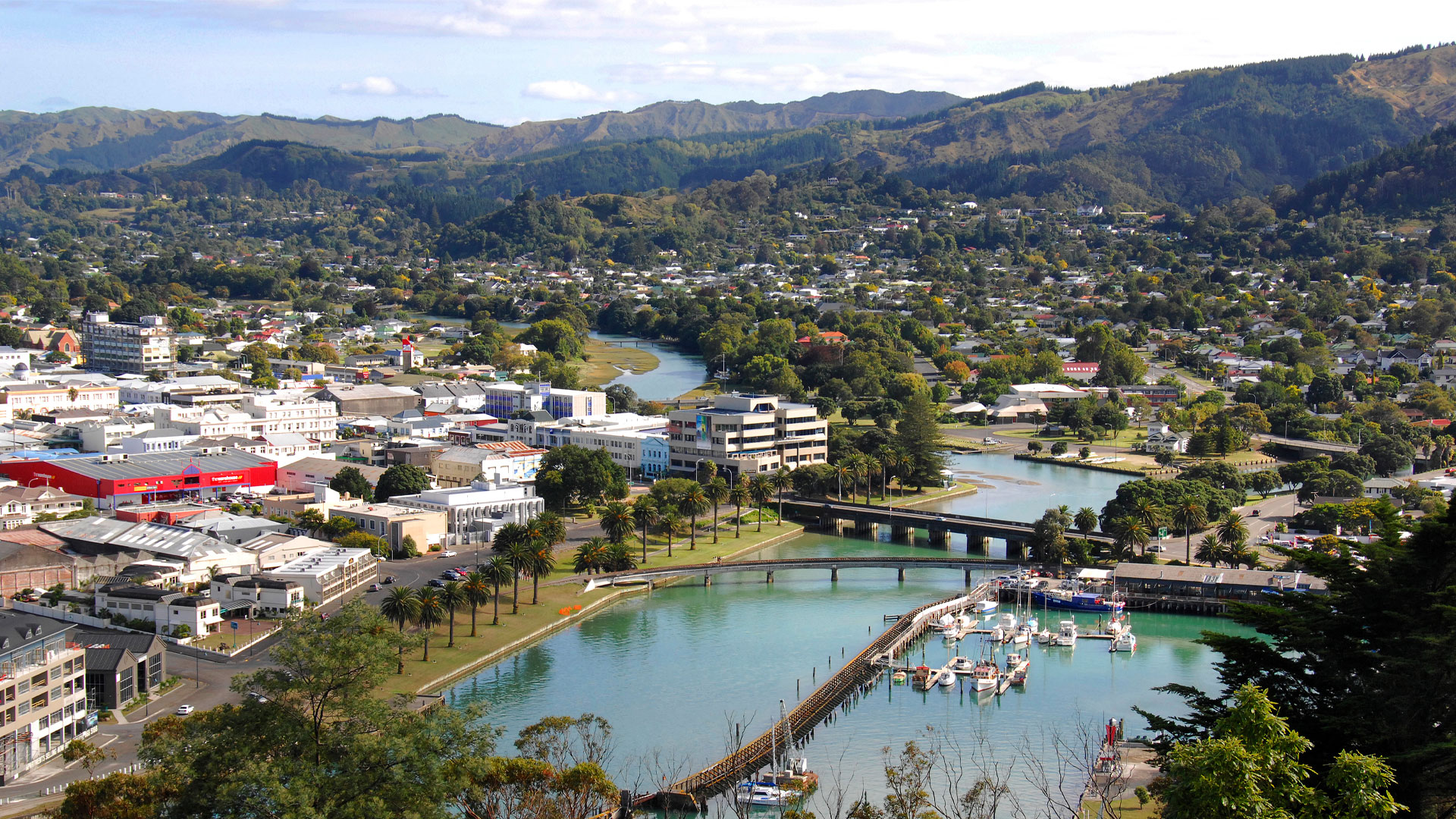Feature article
Gisborne regional property market insights
A snapshot of the Gisborne property market.
.png)
Gisborne’s regional property market at a glance - residential properties for sale
According to Trade Me Property’s most recent Property Price Index, the average property price in Gisborne in December 2024 was $606,350. This reversed a recent trend of month-on-month property price reductions in Gisborne, with average property prices in the region up 3.9% month-on-month. However, December's figure was still down 2.5% compared to the year before.
There was an increase in the number of properties available for sale in Gisborne on Trade Me Property in December 2024, compared to the year before. In December 2024, there were 146 properties available for sale in Gisborne, up from 131 in December 2023. However, the number of Gisborne listings in December 2024 was down month-on-month from 194 in November.
Gisborne’s regional property market at a glance - residential properties for rent
We don't yet have data for the average cost of renting a home in Gisborne in December 2024. There were 53 properties for rent in Gisborne on Trade Me Property through December 2024, this was down slightly from November, but up considerably from 17 in December 2023.
Gisborne's population has been growing steadily in recent years.
Why live in Gisborne/Tairāwhiti?
This district of Gisborne/Tairāwhiti was home to 51,135 people in the 2023 census. Thanks to this relatively small population, and the 8,386 km2 size of the region, it boasts a relatively low population density of approximately 6.3 people per km2.
With jaw-droppingly gorgeous beaches, rich Māori culture, and, crucially, some of the best weather Aotearoa has to offer, there’s a lot to like about living in Gisborne. This is reflected by the fact that Gisborne’s population has grown by approximately 1% per year over the last 10 years, according to the Ministry of Business, Innovation and Employment (MBIE).
In 2018, the Gisborne Region was responsible for 1% of Aotearoa’s GDP, according to MBIE. In terms of employment opportunities, according to MBIE, in 2018, the biggest largest industry employer in Gisborne was the sheep, beef cattle and grain farming industry. Fruit and tree nut growing and residential building construction are also important employers for the region.
Author
Other articles you might like









